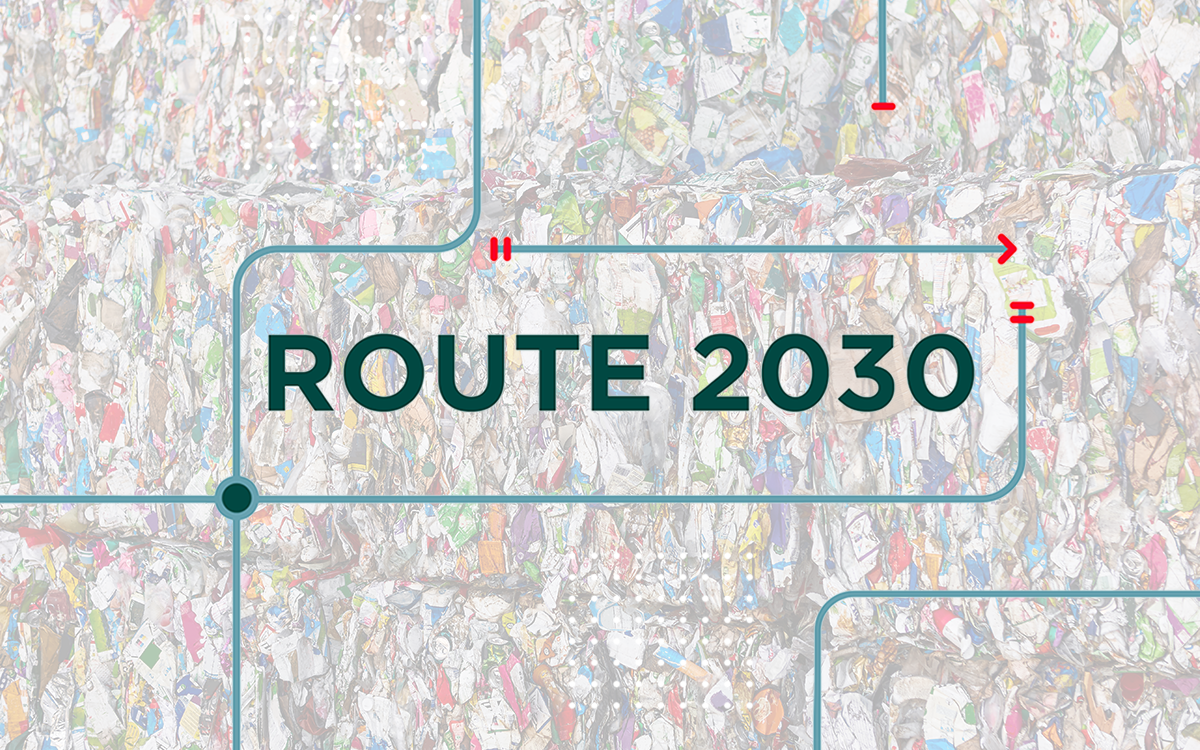B.I.G. is on course to achieve a zero environmental footprint by 2030. That is right, zero. To make this journey more tangible, we would like to offer you a passenger’s seat from which you will be able to really get up close and immerse yourself in our various sustainability projects. In this edition: A sustainable packaging approach to the future.
In recent years, there has been a growing recognition of the need to address packaging waste and its impact on the environment. Packaging is one of the main users of virgin material: 40% of plastics and 50% of paper used in the European Union are for packaging. Without action, the EU would see a further 19% increase in packaging waste by 2030, and for plastic packaging waste even a 46% increase. To counter this, the European Commission revised current packaging legislation, setting in the new proposal lower mandatory targets on the minimum amount of recycled content that must be present in plastic packaging.
At B.I.G., we fully support this initiative aiming at making sustainable products the norm and the full Circular Economy Action Plan. We believe this is a challenge, but also an opportunity for us and we will do everything possible to increase the amount of recycled content in our packaging!
Set the bar high
“These guidelines are implemented separately by each member state. This complexity adds to the challenge of finding the optimal balance and becomes a true quest”, explains Dieter De Jans, Global Category Manager Indirect Spend. “There are two types of waste streams that are taken into account by the European Union. On the one hand, there is a waste stream after the industry (post-industrial), and on the other hand, the waste stream after the consumer (post-consumer). The targets set by the European Union primarily focus on post-consumer recycled content. By 2030, they aim to achieve 35% post-consumer recycled content in all packaging, and by 2040, 65%. However, we have set the bar even higher. By 2025, we strive for 35% recycled content, with at least 25% coming from the post-consumer waste stream. By 2030, our target is to reach a total of at least 50% recycled content in our packaging, of which 40% will be post-consumer recyclate. These ambitious targets can only be met with sufficient support and efforts from our local teams and their willingness to explore alternative solutions.”
Data is key
Collecting data is essential to gain a comprehensive understanding of B.I.G.’s current situation. This is needed to determine what types of packaging are currently being purchased worldwide, how much recycled content they contain, and what percentage of that recycled content each specific package contains. “This information allows us to assess our progress accurately. Presently, we purchase approximately 3.000 tons of plastic packaging, of which 16% consists of post-industrial recyclate and 13% post-consumer recyclate. Thus, our current overall recycled content stands at 29%. We have set-up a center of excellence on packaging in order to monitor and evaluate these figures closely and to take extra measures if needed”, says Dieter.
Driven by legislation
In Spain, taxes have already been introduced for packaging that lacks recycled content. A fine of 450 euros is imposed for every ton of non-recycled content in the packaging. “At our Domenech site, we are compelled to act swiftly due to legislation”, Dieter continues. “As a result, we have transitioned our packaging subject to these regulations to contain 50% recycled material. For example; we would have incurred a tax of €3.600 on a standard product, but now we saved half of that amount thanks to the more sustainable alternative. However, in some instances, we have yet to find a fully-fledged alternative with recycled material. In these cases, we have looked at the weight and thickness of our packaging to determine if adjustments could be made. Using a lighter film, for example, not only reduces costs but also improves sustainability by lowering material usage. And off course, extensive testing has been conducted to ensure no compromise in quality.”
Numerous factors come into play
“Another consideration is whether the packaging is applied manually or automated. In the case of automatic packaging for large needle-felt rolls, welding is used. However, we have observed that packaging with a high percentage of recycled content reacts less favorably than manually affixed packaging. As you can see, numerous factors come into play when making packaging choices”, says Dieter.
“Overall, we are making significant progress, although some sites face challenges due to specific circumstances. But it is encouraging to see that our ambitious goals resonate with customer demands for recycled content solutions. We have taken the right step forward!”, concludes Dieter.
